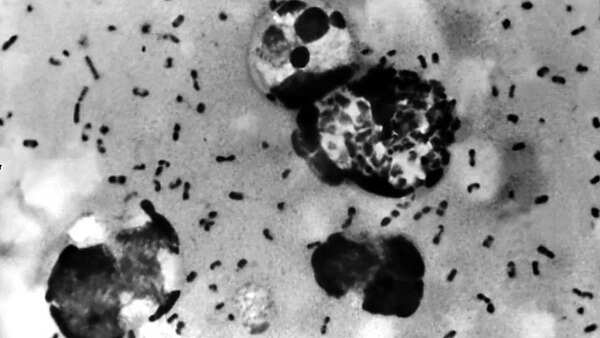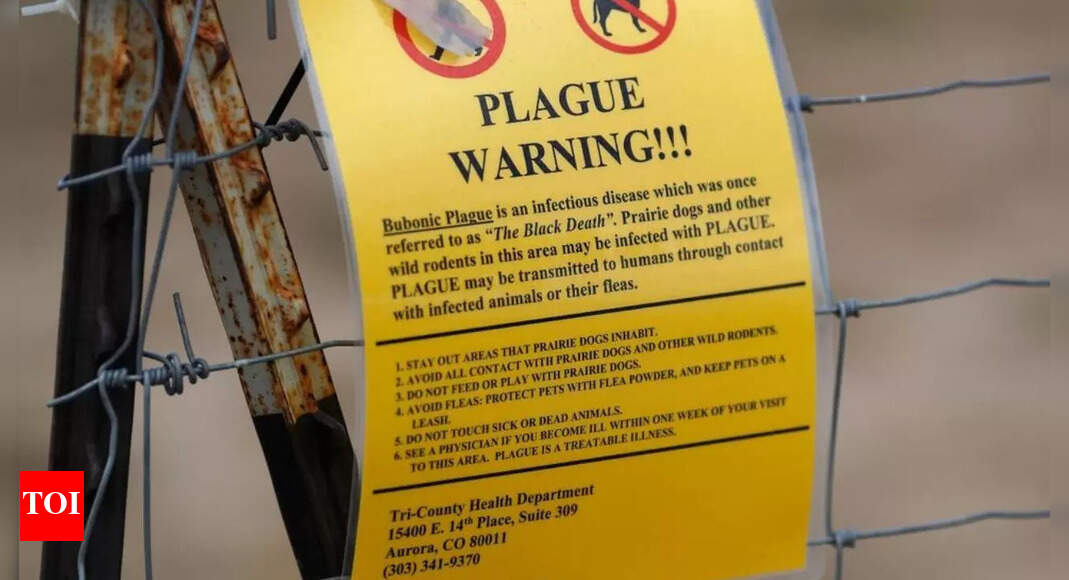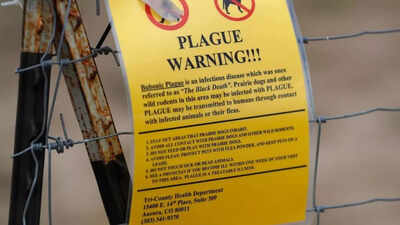Arizona resident dies from pneumonic plague; What to know about the disease (symptoms, risk factors, treatment inside)
A Northern American resident has died from an ancient disease called pneumonic plague, health officials confirmed on Friday. On July 11, a resident of Coconino County died within hours of being rushed to Flagstaff Medical Center, where doctors confirmed pneumonic plague caused by Yersinia pestis. According to the local officials, the death in Coconino County was the first recorded death from pneumonic plague since 2007.Unlike the bubonic plague, this strain infects the lungs and can spread from person to person via respiratory droplets. Let’s take a look at this rare disease, its symptoms, risk factors, and treatments.
What is Pneumonic Plague?
Pneumonic plague is a severe lung infection caused by the bacterium Yersinia pestis. Symptoms include fever, headache, shortness of breath, chest pain, and coughing. They typically start about three to seven days after exposure.Forms of plague:Bubonic (lymph nodes),Septicemic (bloodstream),Pneumonic (lungs)—the deadliest and only form transmissible between humans.Transmission: Inhalation of infected droplets or progression from untreated bubonic/septicemic cases, and in rare animal-to-human instances. No human-to-human spread has been recorded in the US since 1924.

What are the symptoms of the pneumonic plague?
The symptoms of pneumonic plague begin one to four days after exposure to the bacteria. Although the early symptoms mostly consist of fever, headache, weakness, nausea, and a bloody or watery cough due to infection of the lungs (pneumonia), pulmonary symptoms include rapid breathing, chest pain, difficulty breathing, and cough with bloody or watery sputum. The pneumonia rapidly becomes worse, and if left untreated, mortality is nearly certain within 18–36 hours.
What are the risk factors of the pneumonic plague?
Flea bites carrying the bacteria from wild rodents to humans, handling infected animals or carcasses, and inhaling respiratory droplets from infected hosts can be some of the common risk factors behind pneumonic plague.As per the Cleveland Clinic, this fatal disease can spread from person to person through coughing and sneezing, just like the common cold. You can also get it from close contact with infected animals or from bacteria moving to your lungs from another part of your body (secondary infection).Rural western US, like Northern Arizona, New Mexico, and Colorado, are marked as geographic hotspots for the disease and average approximately 7 plague cases annually in the country.
Diagnosis and treatment:
The difference between the forms of plague is the location of infection; in pneumonic plague, the infection is in the lungs, in bubonic plague the lymph nodes, and in septicemic plague, within the blood. Diagnosis is by testing the blood, sputum, or fluid from a lymph node.Early treatment with appropriate antibiotics is essential because untreated plague – especially the pneumonic form – is almost always fatal. The antibiotic therapy is highly effective if started early – streptomycin, gentamicin, doxycycline, tetracycline, and chloramphenicol are standard options. However, you should use antibiotics to prevent or treat plague only under the direction of your healthcare provider or local health department.It is important to note that treatment must begin within 24 hours of symptom onset to avert fatality.
Precaution and prevention tips:
As per research, the case-fatality rate for pneumonic plague in the United States since 1950 approaches 50%. To prevent person-to-person transmission, patients with suspected pneumonic plague should be managed in isolation under respiratory droplet precautions. Wear gloves if you are handling or skinning potentially infected animals to prevent contact between your skin and the plague bacteria. Contact your local health department if you have questions about the disposal of dead animals.















Post Comment